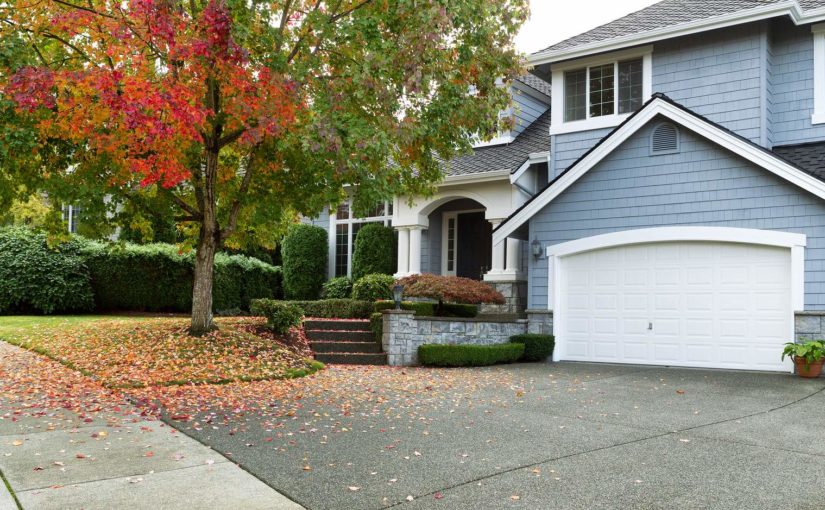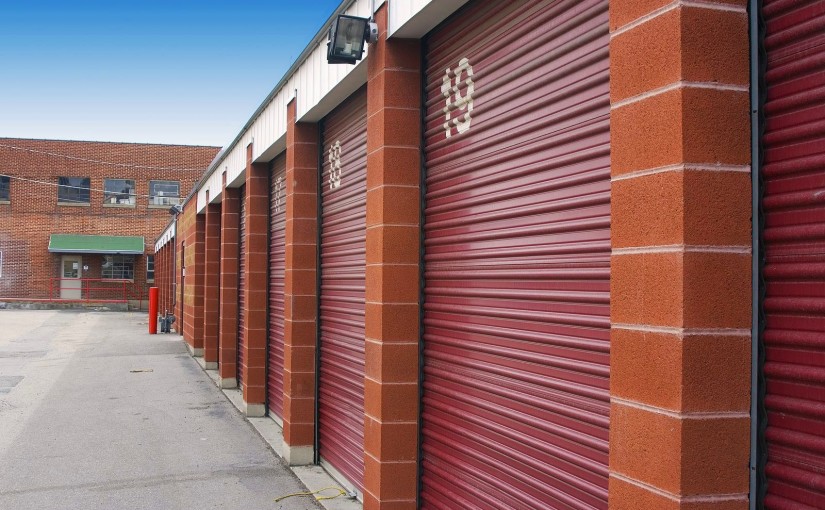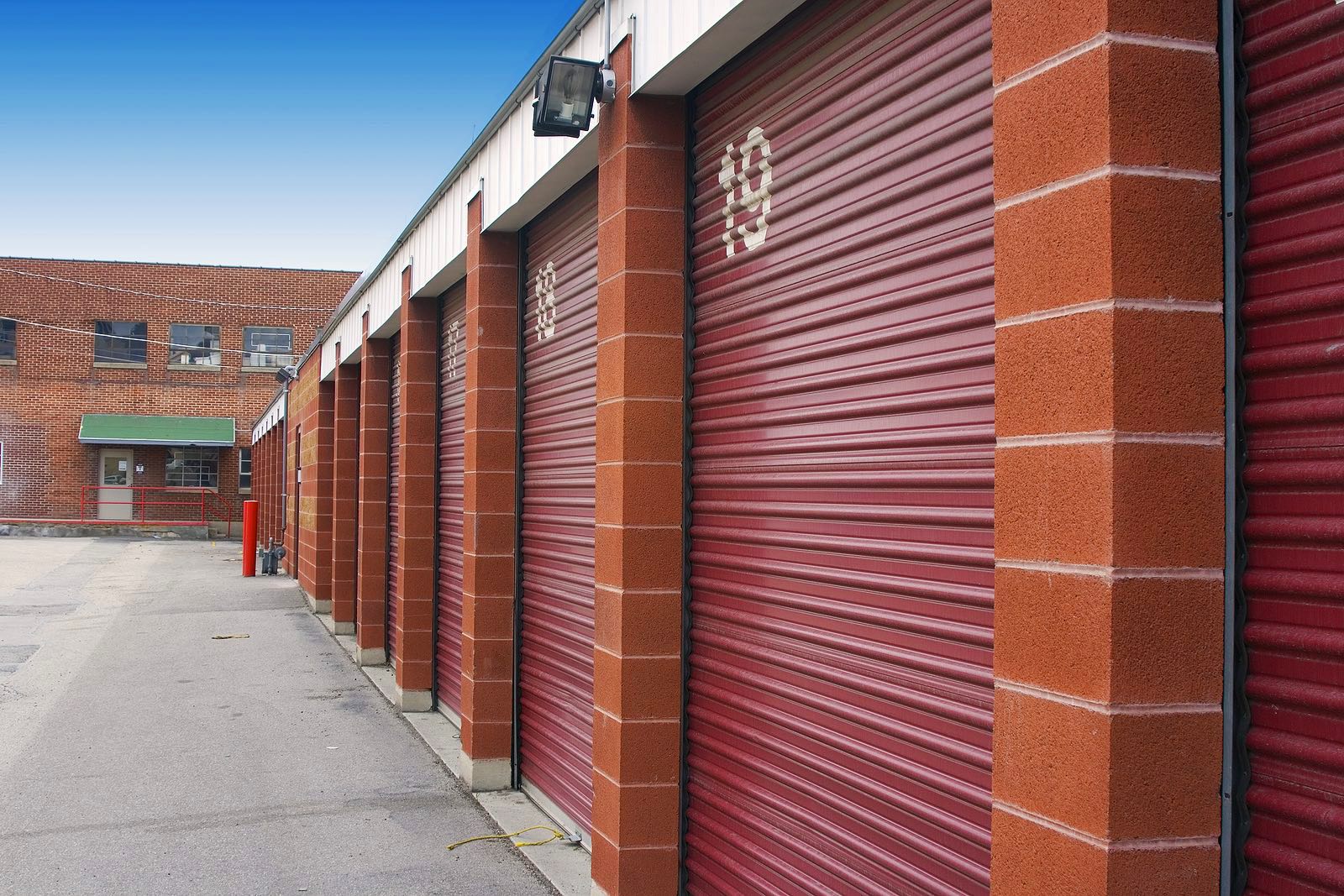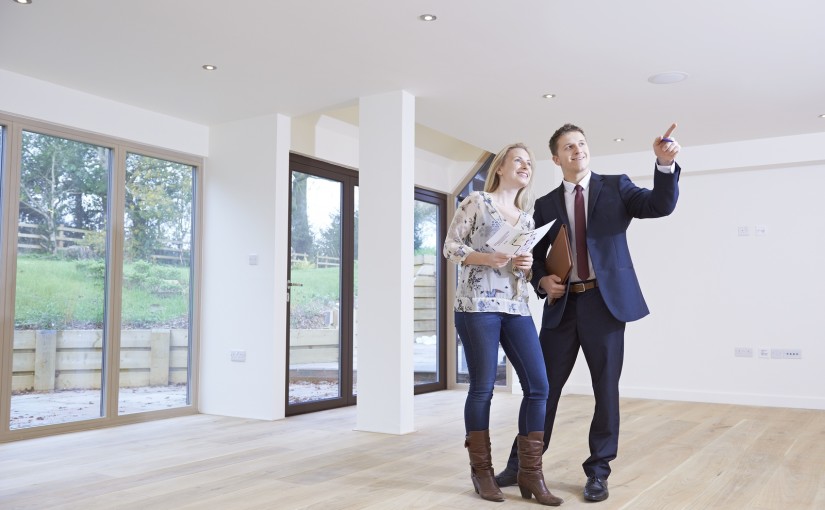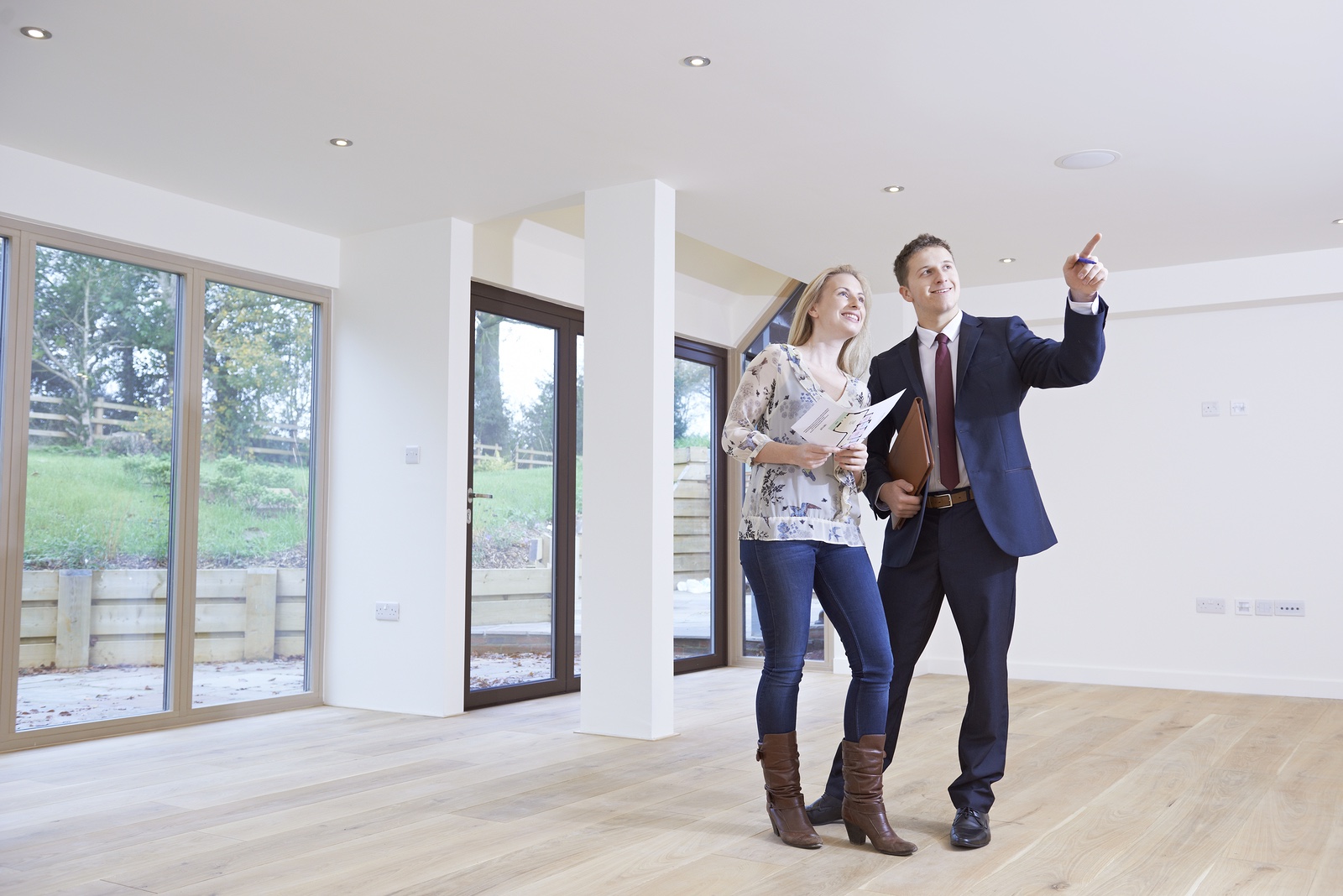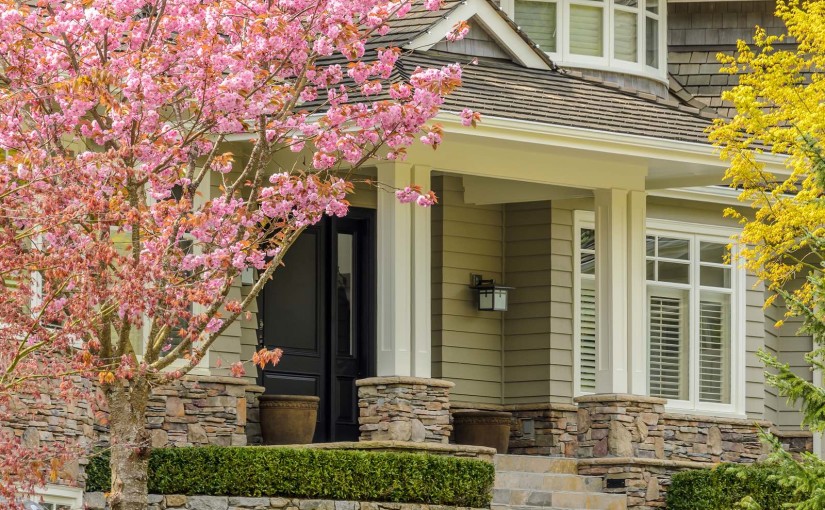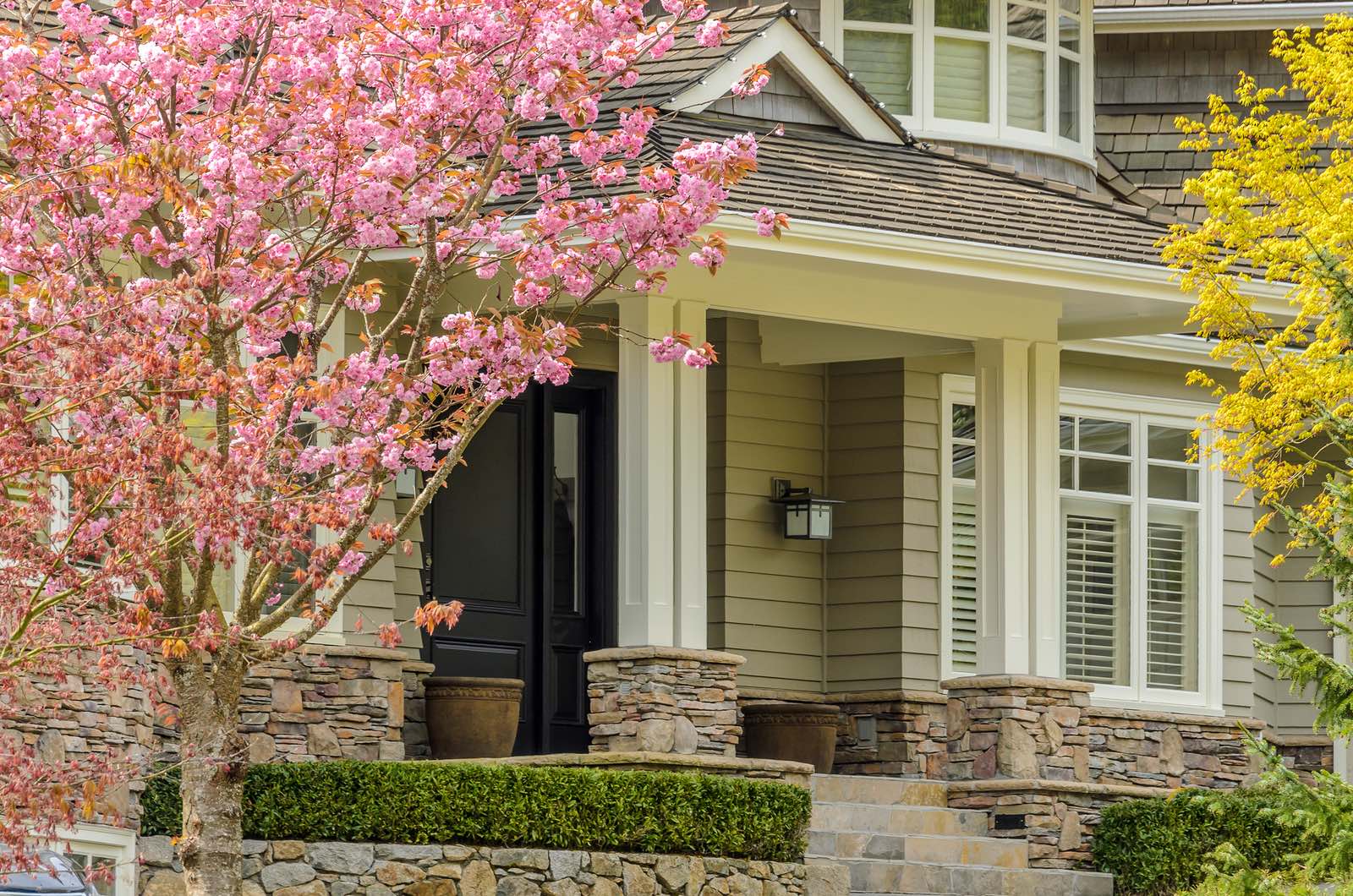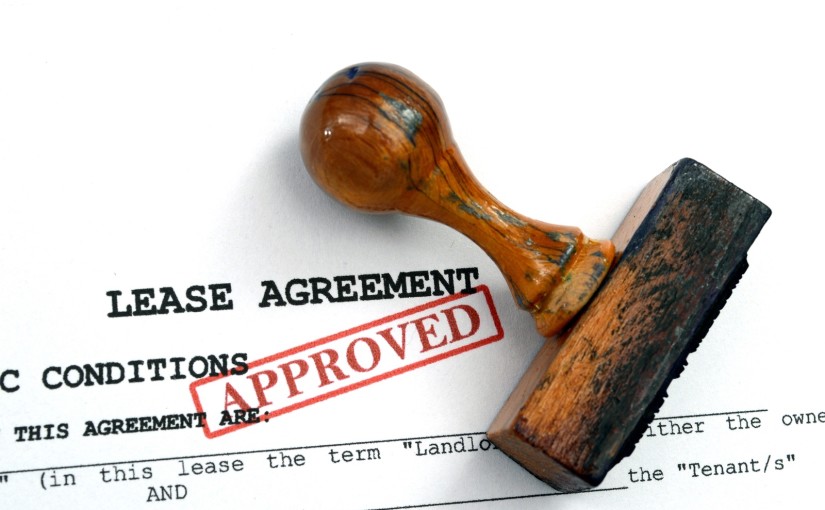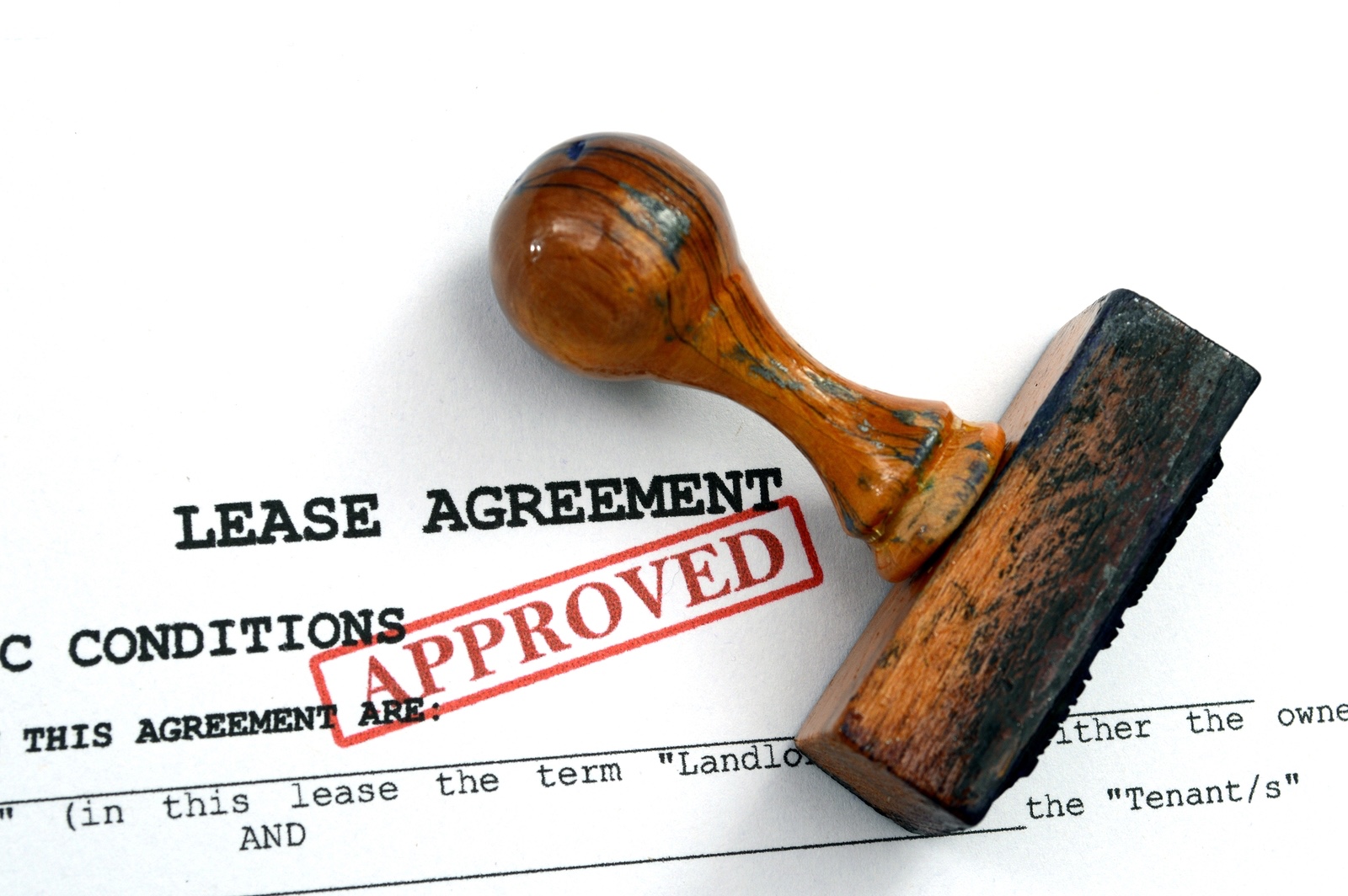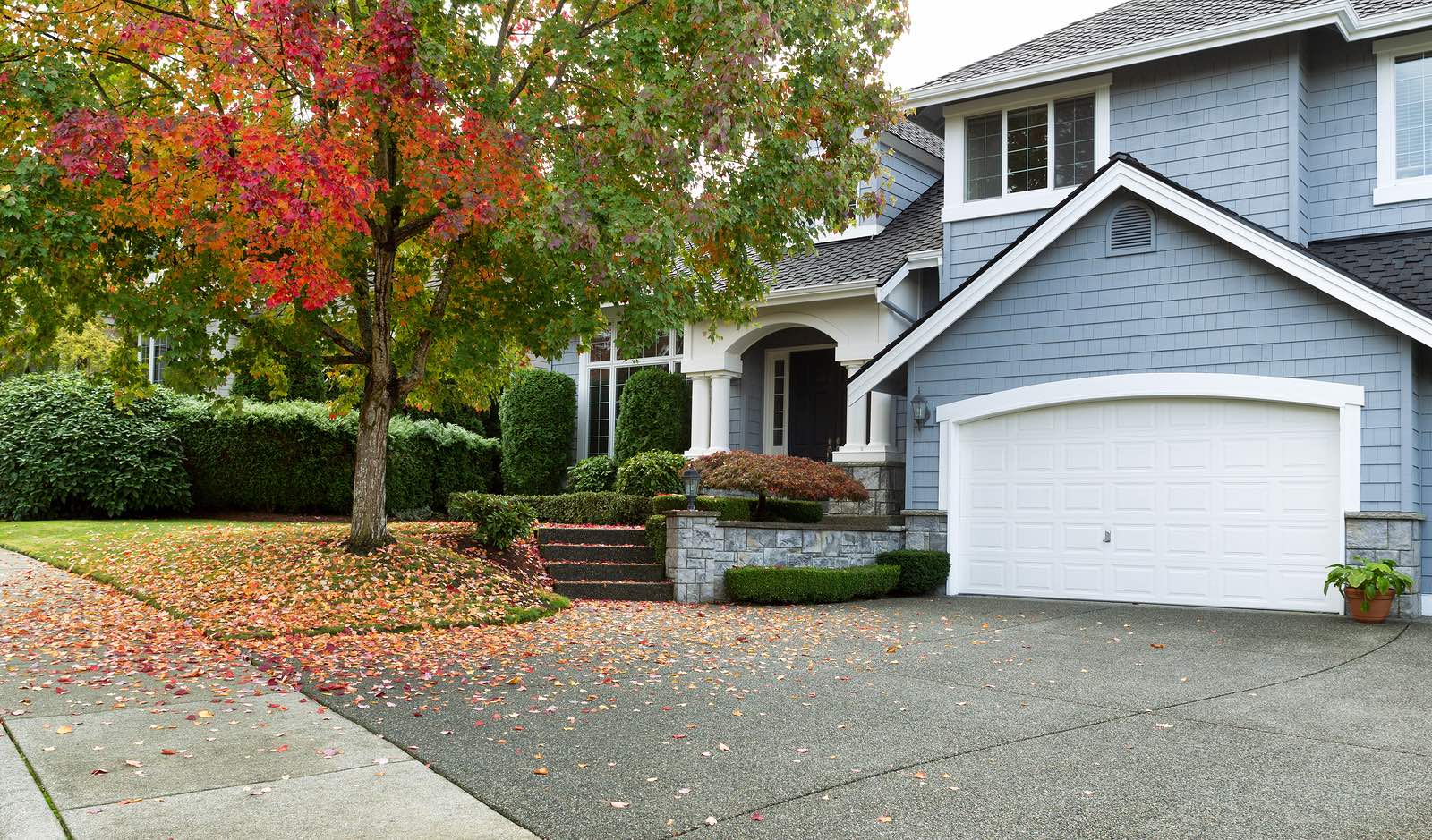
When you’re house hunting it’s very easy to focus in on certain attributes of a house that you find appealing. Unfortunately when you narrow your focus in on the things that are perfect about the house, you’ll often overlook some important things in the process. Make sure you thoroughly examine the exterior of your “dream home” before you go through with your purchase.
Here I’ll be giving you a specific list of key elements to examine while inspecting your potential home’s exterior. None of these issues have to be a home buying deal breaker, but the seller should be willing to help you resolve anything I list below before you sign on the dotted line and finalize your purchase.
Trees
Does the property have any trees? Trees can and to the overall beauty of the home but they can also create problems for your foundation if they get to be too big. So be sure to examine how close these trees are to your homes foundation. Also if the tree already has well established roots within the home’s foundation, there can be a drop in your foundation if those roots are removed. If the trees are large enough to encounter the roof of the house then consider inspecting the roof as well. The roof can often be overlooked when potential buyers examine the exterior of the property. Trees that come in contact with the roof can leave certain areas exposed and open to rodents or even birds to build nests. Rodents especially will use an overhanging branch to make their way onto your roof.
In addition to trees surrounding your home take note of any other foliage that comes in contact with the home. If the seller hasn’t done an adequate job maintaining the bushes that surround the house then you may encounter problems with insects later down the line.
Foliage upkeep in general is usually a strong indicator of the type of attention the seller gave the exterior of the house. If things look a little lack luster from afar, it should certainly be cause for a closer inspection.
Foundation
Many buyers come across cracked concrete and think nothing of it. However, crack in the concrete can allow for moisture to penetrate your foundation. If you live somewhere with very cold winters this can pose a very significant problem for you financially. It’s certainly advisable that if you find significant cracks in the foundation that you negotiate a repair cost with the seller.
Also experts usually suggest that you expect the foundation for adequate drainage. It’s advised that you have about 2 inches of exposure and a gradual slope away from your house to prevent water from collecting.
Pool
Pools are always big selling points, but just because you’ve always wanted a pool doesn’t mean you should forget to inspect it carefully. Pools obviously come with a significant amount of upkeep and sellers can easily neglect that upkeep. So inquire about the age of the pool itself and the equipment that comes with it. It may also be worth asking about any resurfacing.
If you encounter a problem
One or two problems with the exterior doesn’t have to break the deal. If you and the seller can reach an agreement that solves the issue at hand then by all means proceed with purchasing the house. if you can’t find an affordable solution to it however, consider passing on the house. Have an in-depth inspection of the property done, list out anything that needs attention before you agree to close and find a way to resolve it.
In most instances the exterior issues you encounter can easily be fixed and the deal can proceed. Just don’t allow the big selling points of your possible dream home distract you from exterior issues that the seller is responsible for. Also consult your agent if you’re not sure which issues the seller should be responsible for handling, once your inspection is complete of course.
If you have any further questions about inspecting your property please feel free to leave me your contact info in any one of the available forms here on the page.
